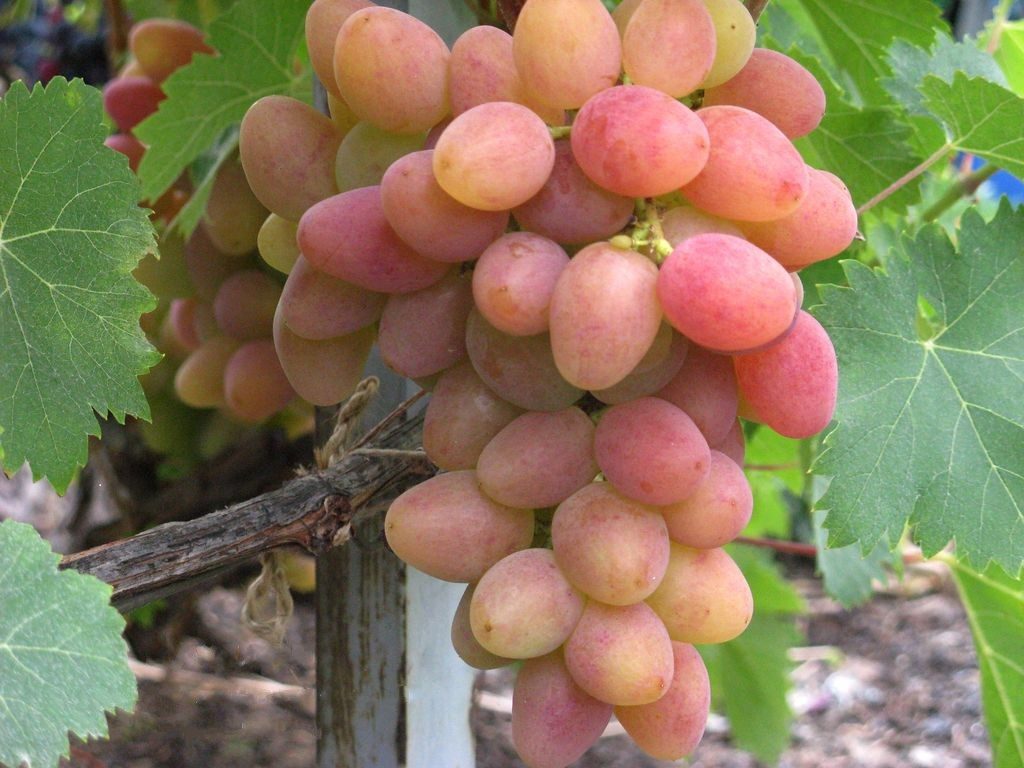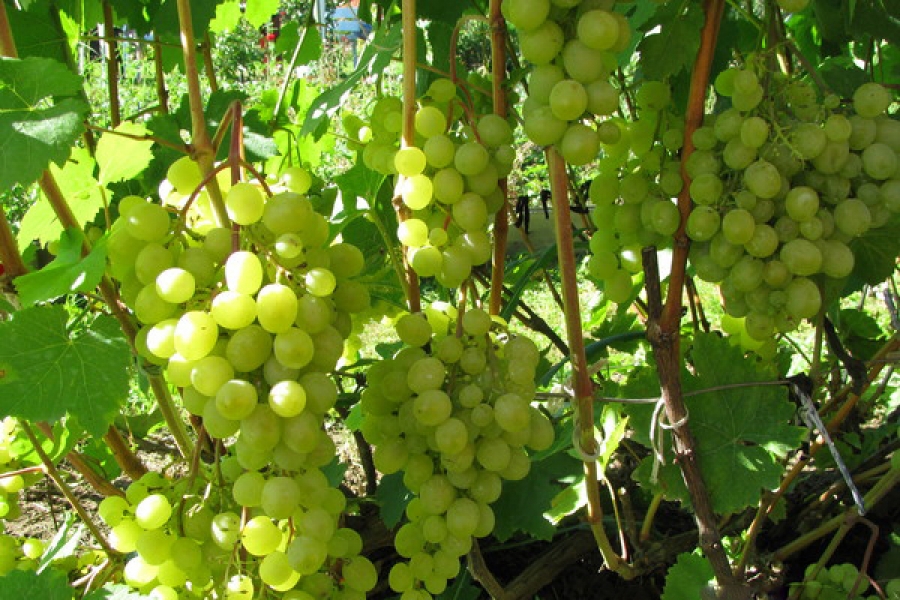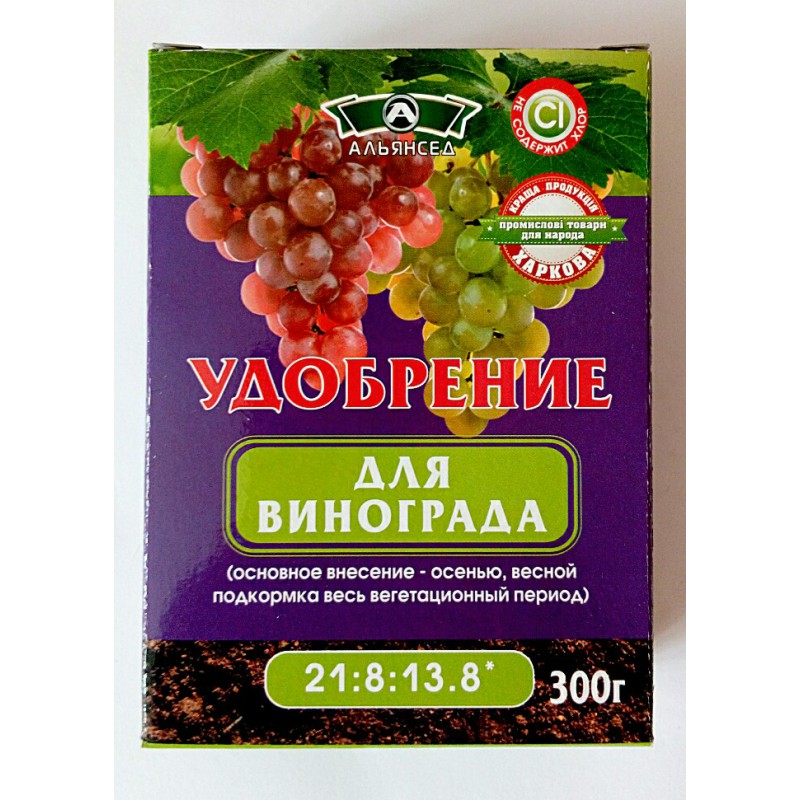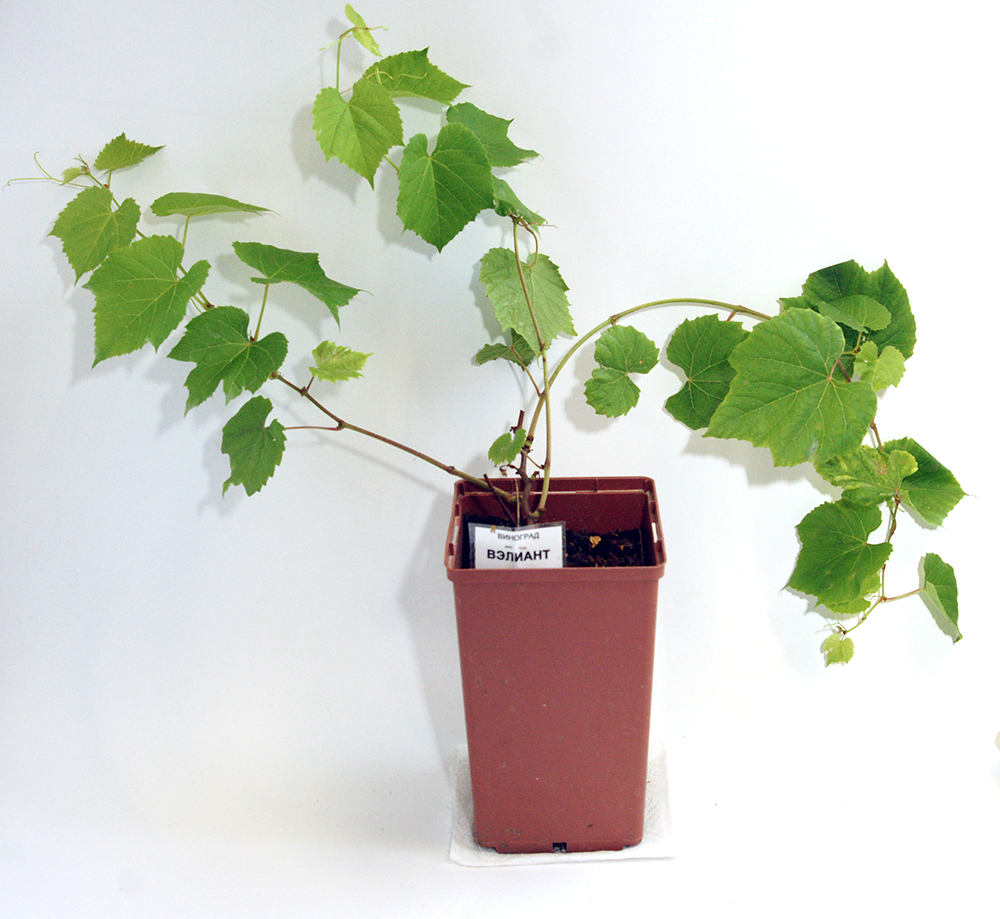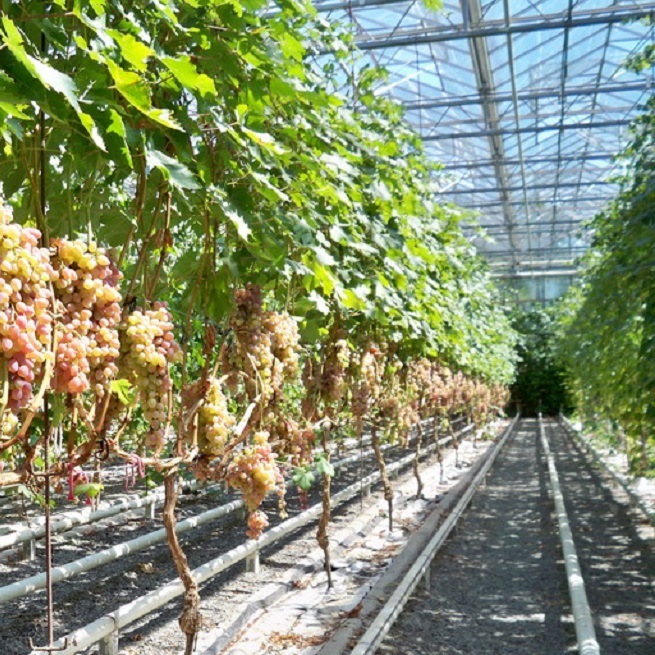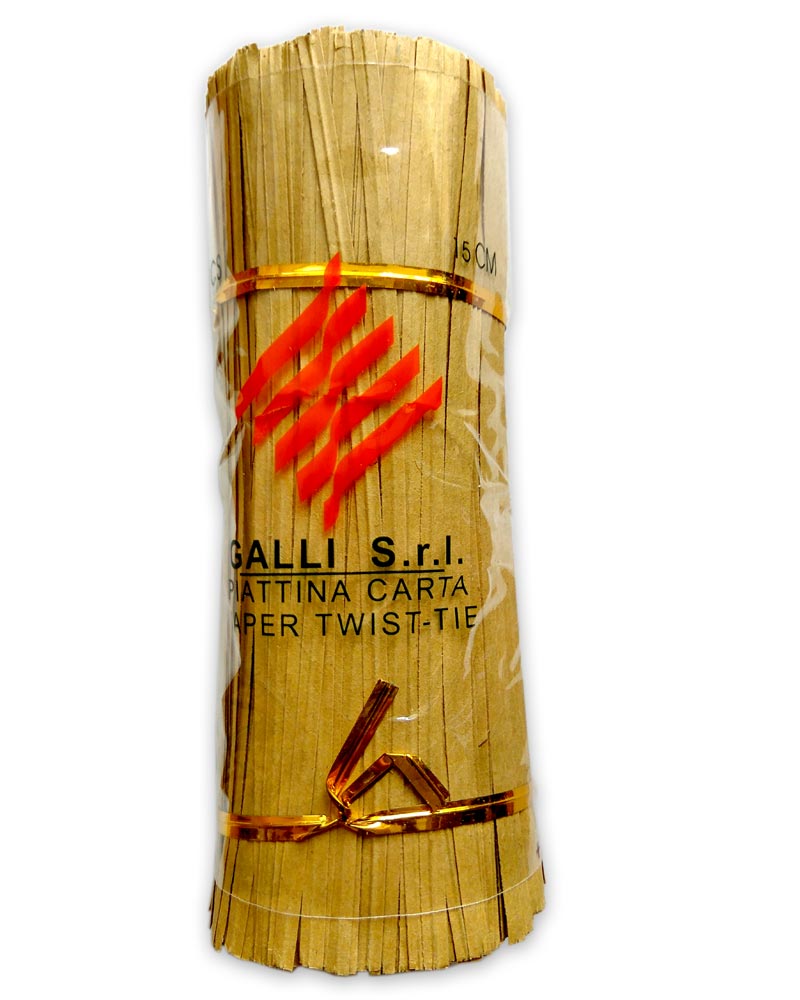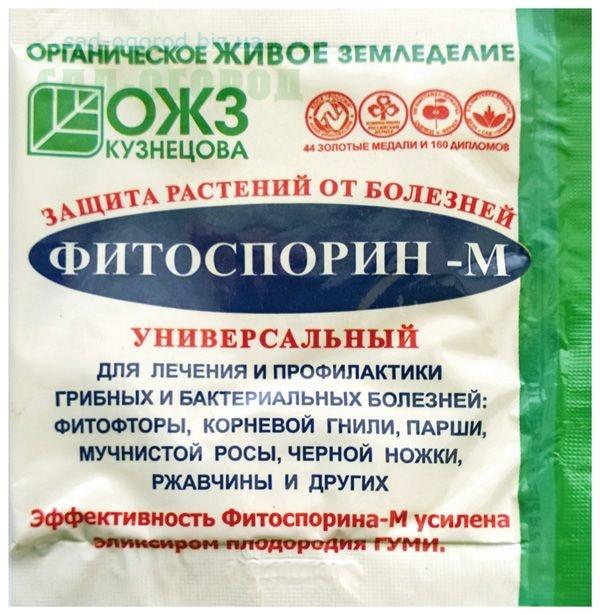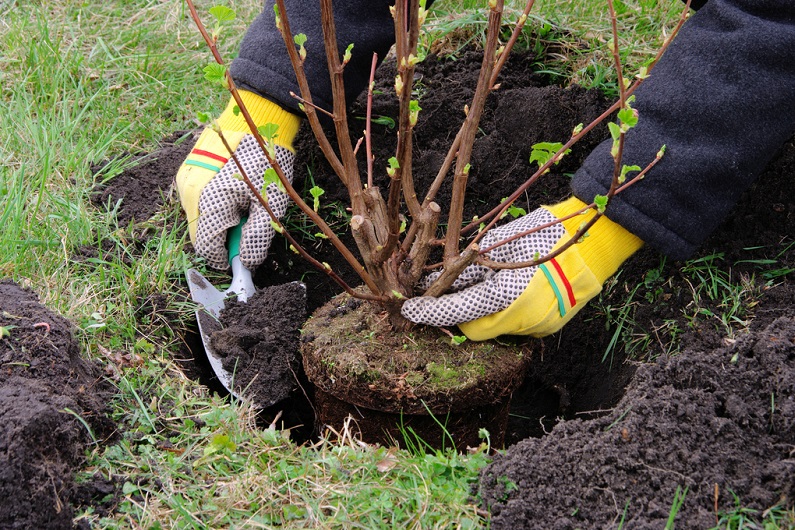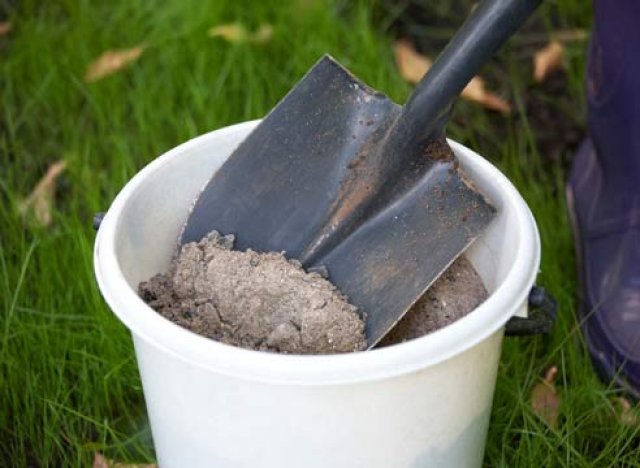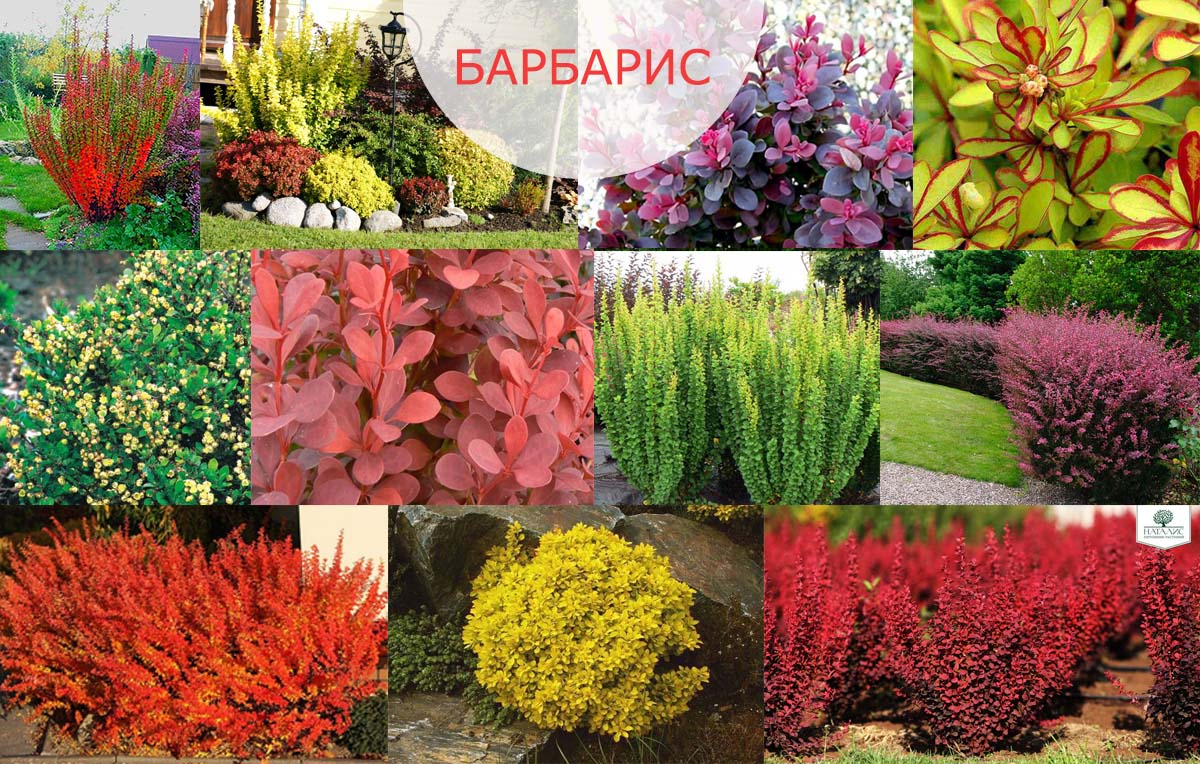Content:
How many people love grapes. And how few people grow it, especially in the northern regions of the country. From the Middle strip to the Urals, from Tatarstan to the Volga region, there are only small vineyards, with a nondescript sour Isabella. Fortunately, an increasing number of gardeners are adopting the experience of breeders and winegrowers, planting modern varieties that are resistant to the vagaries of the weather on their plots.
Preparing for landing: nuances
The main stage on the way to a high yield of wine berries is planting. The survival rate and further development of seedlings will depend on how and when to plant grapes. Therefore, the main preparatory activities should be treated with special attention.
Selection of the right variety
No matter how hard the winegrower tries, it is impossible to get a good harvest from the vine of the tender southern variety in the north. In addition, the plant may not survive the harsh winter. Because of this, you should not give up the idea of planting grapes on the site. You just need to choose a cultivar (variety) recommended for planting in a given area.
Rostov region:
- Mascot;
- Valentine;
- Arcadia;
- Somerset Sidliss;
- Autumn black.
Astrakhan region:
- Delight;
- Kodryanka (white);
- Moscow;
- Radiant kishmish.
Vologodskaya Oblast:
- Shunya;
- Victoria;
- Cherry;
- Aksai Hope;
- Phenomenon.
Crimea:
- Albillo Crimean;
- Italy;
- Agadai;
- Cardinal.
Southern Urals:
- Aleshenkin;
- In memory of Dombkovskaya;
- Zilga;
- Very early white muscat;
- Beauty of the North.
The shorter the summer in the region, the sooner the harvest should be. Therefore, early varieties are preferred for the Middle Strip and the Urals.
Purchase of a seedling
It is best to purchase a seedling in a nursery. When buying, you need to find out the variety and the inherent characteristics of cultivation. You can buy vegetative cuttings and plant them in the ground in the spring, but this procedure is quite complicated and takes time.
You need to buy grapes for planting in the spring, in March-April. It makes sense to pay main attention to the condition of the root system: it must be developed and healthy. Stains, dried out areas and mechanical damage are unacceptable.
For annual seedlings, the roots should be longer than 10 cm and have a diameter of 1-2 mm. One specimen should have more than 4 roots. Healthy roots are elastic, white when cut. The optimum growth height is 20 cm, with at least 4 buds.
If the purchased seedling is supposed to be planted in open ground, it is advisable to harden it, taking it out to fresh air every day. First, leave for an hour, then for three, and after a week and for the whole day.
Directly on the day of planting, the roots of the plant are dipped for half an hour in a chatterbox of the following composition:
- 2 part of the land;
- 1 part compost;
- 1 part water;
- growth stimulator (according to the instructions).
Heteroauxin or Gibberellin will help speed up the development of the plant.
After purchase, the grapes are treated with BI-58 or Kinmix preparations, for prevention purposes. They will protect plants from the phylloxera pest.
Site selection and preparation
The grapes are very light-requiring. Therefore, a well-lit place should be chosen for it. It is desirable that it is located on the south side.
This plant loves neutral soils, saturated with nutrients. Dense, clayey soil is not suitable for grapes. It is highly undesirable to plant grape seedlings in the lowlands, due to their sensitivity to the proximity of groundwater.
The planting hole has been prepared since autumn, but it is permissible to do this in the spring, 2 weeks before planting.
First, a pit is dug, 80 × 80 × 80 cm in size. If the soil is dense? it is necessary to lay drainage from pebbles or broken brick, with a layer of 12 cm. With an excess of clay in the soil, it makes sense to add phosphates, with an excess of sand - compost or humus. Excessive savings are useless here, because fertilizers are laid in the pit for 3-4 years.
To the top layer of soil add:
- manure (40 kg);
- wood ash (500 g);
- nitrogenous-potassium fertilizing (500 g).
The mixture is poured into the pit so that 30 cm remains to the top. The planting site is left for the winter. In the spring, before planting, several buckets of water are poured into the hole for final shrinkage.
If the soil is sandy, it is better to equip a trench for planting. For clayey, planting in specially equipped beds is suitable.
Landing technology
You can plant grapes not only in spring but also in autumn. The winter planting is not exposed to attacks of pests, sharp drops in temperature (real cold comes later). Also, in the fall, the choice of planting material is much richer.
The spring planting has no less advantages: there is time to prepare a high-quality pit, well fertilized, with settled soil. Many varieties, when planted in spring, rather give the first harvest. It is easier to decide on the exact date of planting, depending on the regional climate.
In open ground
When planting seedlings of different varieties, it is worth separating them in advance so as not to confuse them. It is always easier to care for plants of the same variety growing nearby. When planting in rows, the distance between seedlings should be 80 cm for technical (used for wine) and 1.5 m for table (consumed) varieties. The row spacing can be from 2 to 2.5 m.
How to plant grapes in spring with seedlings in open ground, step by step:
- In a pre-prepared hole, a depression is made, about 40 cm.
- You can place a tube with a diameter of 5 cm into the hole. Subsequently, watering is carried out through it, the water goes directly to the roots.
- A hill of earth is poured at the bottom of the pit, on which the seedling is installed, the roots are straightened.
- From above, the landing is sprinkled with earth, which is gradually tamped with care.
- The soil under the seedling is watered with 2 buckets of water.
- If the seedling is green, it is shaded with any available material during rooting in order to avoid drying out.
If the seedling is small, it is still planted to the required depth. With good care, it grows rapidly.
To the greenhouse
A greenhouse is an excellent choice for growing grapes in harsh climates. The plant will not be exposed to negative external factors and will bring a good harvest.
A small greenhouse is not suitable for grapes; this plant needs a high structure, with the obligatory presence of trellises. It is great if the greenhouse is on a solid foundation, equipped with heaters and lighting. In a favorable microclimate, you can get a good yield even from southern varieties.
The distance between adjacent plants should be between 0.5 and 1.5 m, depending on the variety. Planting is removed from the greenhouse cladding by 30-50 cm.
The technology of planting grapes in a greenhouse is described step by step as follows:
- A planting pit 80 × 80 × 80 cm is dug. Trellises are installed.
- Half a bucket of wood ash is poured into the bottom.
- A drainage layer is laid, about 20 cm. At this stage, you can install a watering pipe.
- The prepared soil mixture is poured into the pit, with a layer of 20 cm. It may consist of 1 part of sand, 2 parts of humus and 5 parts of humus. Or 1 part sand + 2 parts peat + 4 parts loam. You can add mineral fertilizers.
- The substrate layer is watered with water, with strong subsidence, a little more earth is added.
- The seedling is placed vertically in a hole, the roots are straightened and sprinkled with soil mixture on top. Leave 15 cm to the edge of the pit.
Similar to planting in open ground, for the closed space of the greenhouse, you can use the trench method. It is used for a large number of seedlings.
Seedling care
Speaking about caring for grapes, it is difficult to give specific numbers and norms. The correct dosage of fertilizing and watering will largely depend on the varietal affiliation of the seedlings and the climatic factors of the area.
Watering
Grapes love moderately moist soil, so watering is carried out once a week. Pour at least a bucket of water under each root. After watering, the soil is gently loosened so that a dense crust does not form.
Pruning
Grapes, like a climbing plant, require periodic pruning. In the spring, formative pruning is carried out to remove excess shoots. And in the fall, pruning is carried out for sanitary purposes - damaged, weak and old parts of the plant are removed.
After pruning in spring, the vine is tied up using a soft, non-traumatic cloth. Alternatively, you can use special materials from the garden store.
Top dressing
Fertilization begins 4 years after planting. Basically, phosphates and nitrogen-containing compounds are used, which are necessary for the growth of green mass by grapes.
Preparing for winter
They cover grapes in October-November, taking into account the weather and the variety of the plant. In the Middle Lane, grapes that can withstand frosts down to -35 ° C do not need to be covered; in the south, varieties that can withstand -25 ° C of frost are left without shelter. In the Urals, winter shelter is a must for any variety.
To protect the roots, sprinkle the base of the bush with dry earth. Grape shoots are bent to the ground and covered with spruce branches, tarpaulin or agrofibre. The snow that falls in winter will provide additional cover.
Prevention of diseases and pests
Prevention of mildew fungal disease is spraying carried out in the spring, before flowering. It is undesirable to process actively vegetating grapes with chemicals.
You can use the following tools:
- iron vitriol 3%;
- ridomil 1%;
- zineb 0.5%;
- Bordeaux liquid 3%.
These products will also help repel pests. In addition, phytosporin can be used for spraying, which protects plants from fungus and pathogenic bacteria.
Planting grapes with seedlings in spring and growing it further is a painstaking business. But all the worries and efforts are more than paid off by the harvest of delicious and aromatic berries. Once considered the prerogative of the south, viticulture is now available to everyone, even the inhabitants of the harsh Urals.
